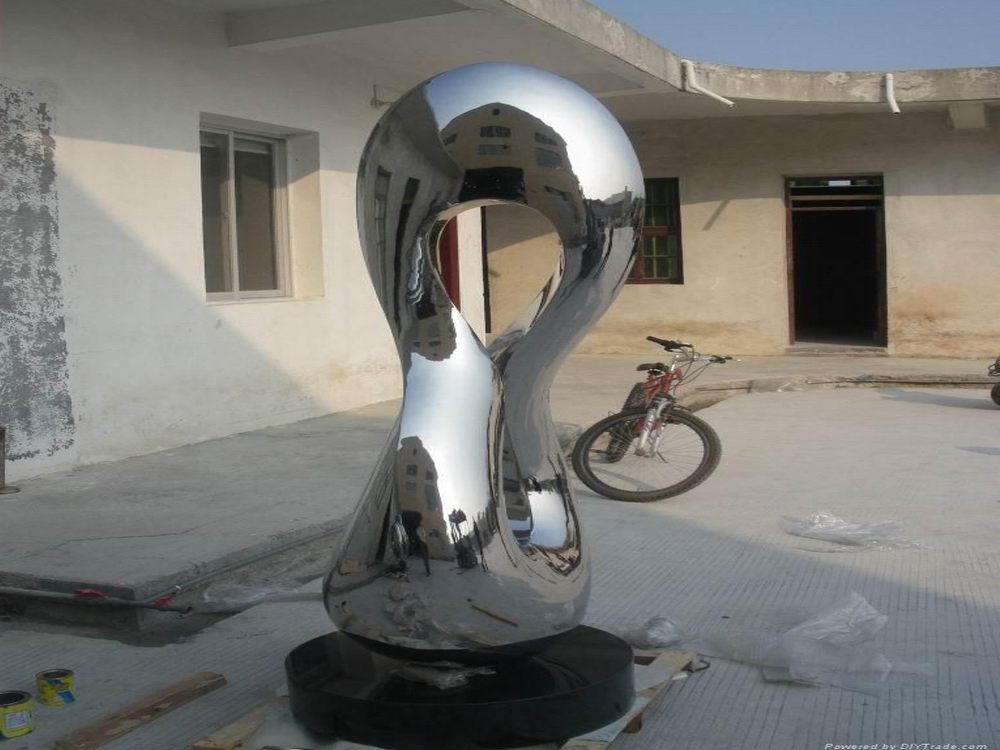
Creating a sense of contrast between light and dark woods is a powerful design technique that adds depth, sophistication, and visual interest to any space. Whether you're designing a modern living room or a rustic kitchen, the interplay of light and dark tones can elevate your decor. Here are the most effective ways to achieve this striking contrast:
1. Pair Complementary Wood Tones
Combine light woods like maple or ash with dark woods such as walnut or mahogany. This creates a natural balance, allowing each tone to stand out while harmonizing the overall look.
2. Use Wood in Strategic Layers
Layer light wood flooring with dark wood furniture, or vice versa. For example, a dark wood dining table on a light wood floor creates an eye-catching focal point.
3. Incorporate Contrasting Accents
Introduce smaller elements like shelves, frames, or trim in opposing wood tones. This subtle approach adds contrast without overwhelming the space.
4. Play with Textures and Finishes
Matte finishes on dark woods paired with glossy light woods (or vice versa) enhance the contrast while adding tactile variety.
5. Balance with Neutral Elements
Use neutral colors like white, gray, or beige in walls and fabrics to let the wood contrast take center stage.
By thoughtfully mixing light and dark woods, you can create a dynamic yet cohesive interior that feels both bold and timeless. Experiment with these techniques to find the perfect balance for your home.

